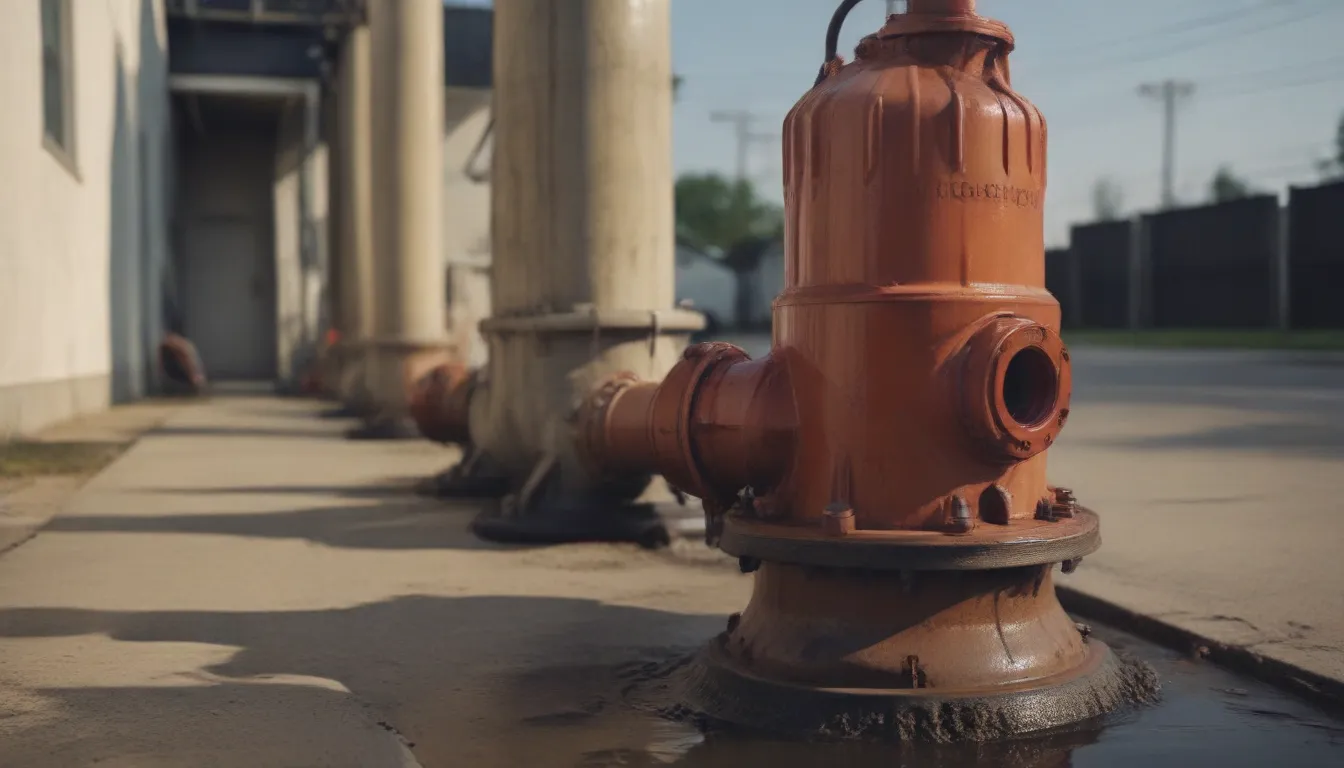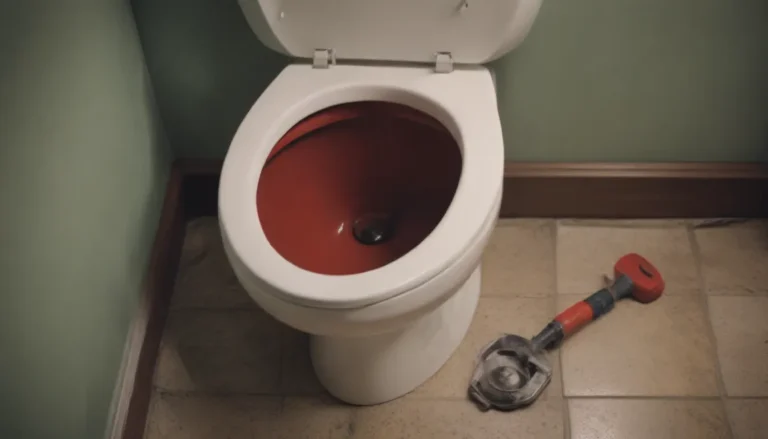Everything You Need to Know About Sewage Ejector Pumps

Are you considering installing a sewage ejector pump in your home? Do you have a basement or below-grade bathroom that needs to pump waste uphill? If so, then you’ve come to the right place. In this comprehensive guide, we will delve deeper into how sewage ejector pumps work, why you may need one, the pros and cons, maintenance and repair tips, system requirements, installation considerations, and more.
What Is a Sewage Ejector Pump?
A sewage ejector pump, also known as a pump-up ejector system, is designed to lift waste or sewage water uphill to the main sewer or septic line. It operates similarly to a groundwater sump pump, but instead of moving clean water, it pumps sewage and waste. If your sewer line runs upward from a bathroom or laundry room located below ground level, a sewage ejector pump is essential.
Why You May Need a Sewage Ejector Pump
Homes with basements or below-grade bathrooms or laundry rooms often require sewage ejector pumps. If your sewer line runs upward, rather than downward towards the main line, a pump is necessary. Additionally, homes with septic drain-field systems, especially those in rural areas, may also benefit from a sewage ejector pump.
How Sewage Ejector Pumps Work
Sewage ejector pumps are typically installed in a below-grade sump basin that can hold approximately 30 gallons of waste. When wastewater is expelled from a toilet or laundry room, the process begins. The pump activates to lift the waste uphill, ensuring it reaches the main sewer or septic line.
Pros and Cons
Pros:
– Expands house functionality
– Effective grinding mechanism
Cons:
– Higher cost
– Unpleasant odors
– Professional maintenance required
Cost of Installing a Sewage Ejector Pump
On average, the cost of installing a sewage ejector pump in a home ranges from $850 to $3,800, with a typical cost of $2,325. These pumps can be purchased from local home improvement stores, online retailers, or plumbing supply houses. Commercial applications may require larger sump basins for proper functioning.
Maintenance and Repair Tips
While it’s recommended to have a professional maintain and repair your sewage ejector pump, there are basic tasks you can perform yourself. Regularly check the oil level and top it off as needed. Ensure the pump is functioning correctly by toggling the circuit breaker off and on. Wipe down the pump’s casing with a clean, dry cloth while the pump is switched off.
System Requirements
A vent is necessary for sewage ejector pump installations to equalize pressure during pumping and release sewer gases. The vent can either connect to an existing vent stack or run up through the roof. The outlet pipe leaving the pump is typically 2 to 4 inches in diameter and links to the main sewer line. A check valve is installed between the pump outlet and the main line to prevent wastewater from flowing back into the sump basin.
Installation Considerations
Before installing a sewage ejector pump, verify local building codes and permit requirements with your building department. Different communities may have unique regulations regarding plumbing and construction work. Ejector pumps come in various sizes and motor capacities, so choose one that suits your residential needs. In case of pump failure, cease water usage and contact a plumber immediately.
How to Test Your Ejector Pump
You can determine if your ejector pump is functioning properly by pouring clean water into the empty basin. If the pump turns on and pumps out the water, it is in good working condition. Ejector pumps can push sewage up to 30 feet vertically before gravity takes over the waste disposal process.
In conclusion, sewage ejector pumps play a vital role in homes with basements or below-grade plumbing fixtures that require waste to be pumped uphill. By understanding how these pumps work, their installation considerations, maintenance tips, and cost implications, you can make an informed decision about investing in a sewage ejector pump for your home’s plumbing needs. Remember, proper maintenance and timely repairs are key to ensuring the longevity and functionality of your sewage ejector pump.





